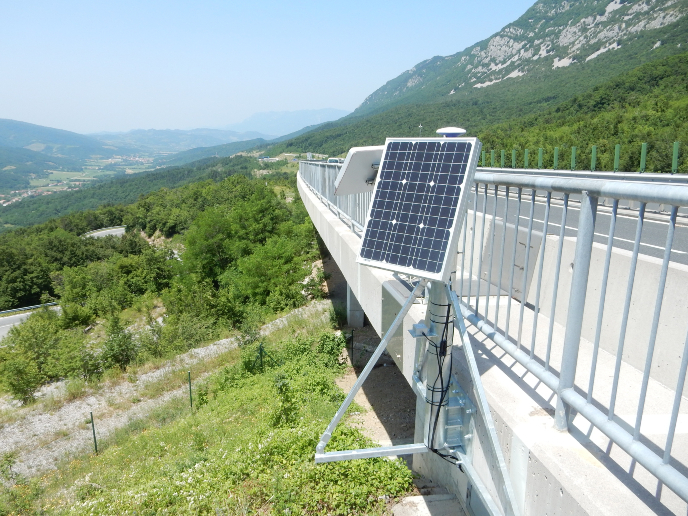Boosting 5G with new design
The high performance of 5G or “beyond 5G” (6G) is said to open a new avenue for technologies such as virtual presence for meetings, 3D printing, self-driving cars and the automation of work. The only limitations to what 5G can do are constraints in the available infrastructure that limit the available bandwidth, data processing speed, cost and energy usage. Research is needed to break through these limitations by looking at the different technologies and components required to make beyond 5G happen. It is important to consider what innovations in systems design and architecture can transform this technology beyond the constraints that hold it back today.
Advancing solutions for equal access and opportunities
The EU-funded TERRANOVA(opens in new window) project set out to boost the data rates of beyond 5G and adopt it for use in new technologies like virtual reality that can benefit the most from extreme data rates (in the order of Terabits per second) and zero lag. The project also aimed to increase connectivity of remote areas, such as mountains and islands, to enable access to high-speed internet for equal opportunities in global competition. “Nowadays, this connectivity is prohibitively costly, when using solely optical fibre solutions,” says project coordinator Angeliki Alexiou. This requires the use of wireless links that use frequency bands in the terahertz (THz) regime as backhaul extensions of optical fibres to bridge the divide in rural areas and major cities to provide high-speed internet at terabit-per-second speeds.
Rethinking 5G with design
The researchers developed terabit-per-second speed wireless connectivity by redesigning transceivers to extend the capacity and reliability of fibre optic links to wireless networks. This affords users high-speed connectivity even where there is no fibre connectivity. The team designed signals and network protocols to take advantage of the new bandwidth to become available for beyond 5G to boost connectivity speed. TERRANOVA proposed a THz wireless access system by designing a new link adaptation algorithm that takes into account the distance-dependent bandwidth found in the THz regime. The team also developed new beamforming(opens in new window) algorithms that can track the quality of the beamforming for optimal beyond 5G performance, by means of extremely narrow beamwidth transmissions, called ‘pencil beams’.
The many firsts of TERRANOVA
Project partners developed the first real-time digital beamforming at 300 GHz, which netted them the Best Paper Award at the EuCNC2020 conference(opens in new window). The team also advanced the very first 100 Gb/s real-time transmission over transparent fibre optic link with 100 km fibre segments, achieving the highest ever data rate over the longest combined link. “All involved partners continue their research work in national and EU (Horizon 2020) research initiatives, leveraging scientific knowledge, expertise and innovation assets created,” says Alexiou. Active collaborations amongst smaller groups of TERRANOVA partners continue to grow strong and all the industrial partners have incorporated the technology TERRANOVA developed into their commercial products.







